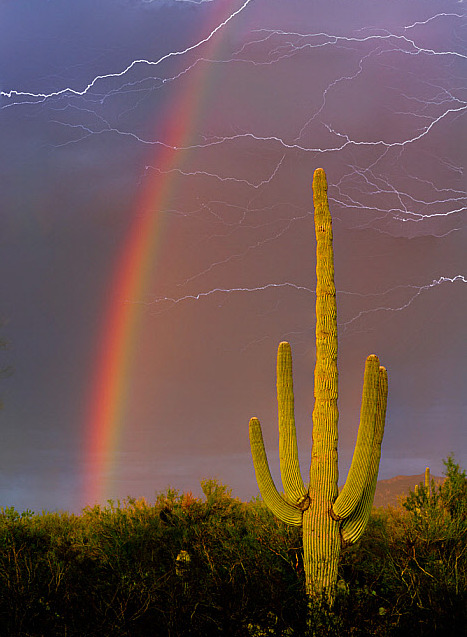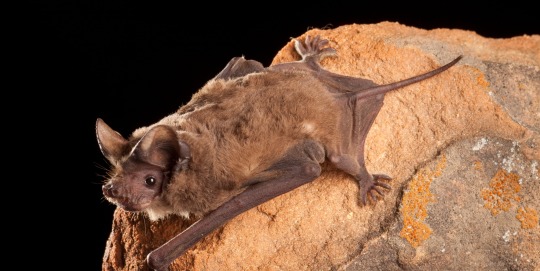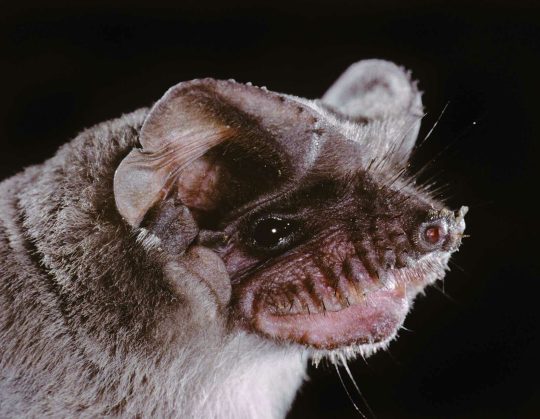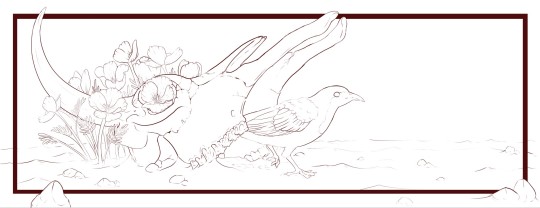#mexican desert
Explore tagged Tumblr posts
Text


Desert rainbow with Boojum tree (Fouquieria columnaris) & giant cardon cactus (Pachycereus pringlei)
Photos by Jeff Foot
#mexican desert#mexico#rainbow#desert rainbow#desert#desert landscape#cactus#boojum tree#fouquieria#fouquieria columnaris#giant cardon cactus#pachycereus#pachycereus pringlei#cacti#nature
623 notes
·
View notes
Text


new piece with tulip and her mama taḍai that i'm very very proud of
#oc art#my art#fairies#desert fairies#tulip#tadai#artists on tumblr#desert#fairy#Look At Them. i hope youre ready to see this 3000000 times because i spent a while on it#ive been calling tulip 'princess fat cheeks' in my head the entire time i was drawing this#this is a drawing of sonora mexico if youre curious. these characters are afro mexican and tohono o'odham
131 notes
·
View notes
Text

226 notes
·
View notes
Text

" Mexico Border " //© Marc Adamus
#Mexican Border#United States#nature#landscape#Desert#Bushes#Cactus#Storm#Mood#Moody#aesthetics#wanderlust#explore#follow#discover
194 notes
·
View notes
Text

#tequila#mexico#tumblr mexa#mexican#jalisco#tumblraesthetic#photoblog#photography#aesthetic#outdoor photography#nature aesthetic#nature photography#nature#desert#MX#mountains#warm#warmcore#warm aesthetic#landscape#nikonphotography#nikon#nikon coolpix#nikonpictures#original photographers#photo edit#photographer#digital camera#digital photography
74 notes
·
View notes
Text



Fly Free with the Mexican Free-tailed Bat
Also known as the Brazilian free-tailed bat, guano bat, or Tadarida brasiliensis, this member of the order Chiroptera is one of the most widely-distributed New World bat species. They are common throughout the southern United States, Central America, and western South America. In many parts of the southern United States, the species is migratory and moves to Central America for the winter. They roost primarily in caves, but can also build nests in buildings; because of this, they can be found in a range of habitats including tropical and deciduous forests, mountains, deserts, and urban areas.
Like most bats, the Mexican free-tailed bat is nocturnal, emerging at sunset to hunt. They are primarily insectivores, and will travel great over 31 km (50 mi) to find food. In fact, this species holds the record for both the highest recorded flight altitude-- at 3.3 km (2 mi) high-- and the fastest flight speed-- an astounding 160 kph (99.4 mph)! That makes the Brazilian free-tailed bat the fastest mammal on Earth, although they can only achieve those top speeds in short bursts and with a good tail wind. Moving that fast can be useful, not only for covering great distances or catching insects, but for avoiding predators like raptors and owls. Young bats that can't fly may also be susceptible to opossums, skunks, and snakes.
The roosts of T. brasiliensis can be quite large; many contain several thousand individuals, while some have been recorded as housing more than a million. For this reason, communication is very important. Mexican free-tailed bats use echolocation to navigate and, for mothers, to locate their young. This species has over 15 distinct calls just for socialization. In addition, they can use their vocalizations to 'jam' the echolocation of other rival species and steal their prey.
Mating for the Brazilian free-tailed bat occurs once a year in the spring. Females gather in large maternity groups, while males mark out a territory by urinating and emitting loud vocalizations. Once a pair mates, the two separate- often to seek out another partner. Gestation lasts 11-12 weeks, and once females give birth they leave their offspring in a group of pups known as a creche, that is cared for communally. The pups take 4-7 weeks to be weaned, and after they learn to fly they join the larger roost as independent adults. However, females take up to 9 months to become sexually mature, while males may take as long as 2 years. In the wild, an individual may live as long as 8 years.
Size-wise, T. brasiliensis is on the smaller side of the bat group. Most individuals are around 9 cm (3.5 in) in length and weigh around 7–12 g (0.25–0.42 oz), with a wingspan of 28 cm (11 in). Females tend to be slightly heavier, but not larger otherwise. The tail of the Mexican free-tailed bat accounts for nearly half its total body length, and is unconnected by the thin membrane that makes up its wings (the uropatagium)-- hence the name 'free-tailed'. The ears are large and rounded, to assist with echolocation, and the muzzle is heavily wrinkled to give them a wider gape when catching bugs in mid-air. The Brazilian free-tailed bat's fur is dark brown or gray, with no distinguishing features save the long, white bristles around their feet.
Conservation status: The IUCN has classified the Mexican free-tailed bat as Near Threatened. However, populations are declining due to habitat destruction and susceptibility to a fungus known as white nose syndrome. Governments in the southern United States and Mexico, as well as private NGOs like Bat Conservation International, have established laws and conservation areas to protect the species.
If you like what I do, consider leaving a tip or buying me a kofi!
Photos
Michael Durham
Merlin D. Tuttle
Carlos Russi
#mexican free-tailed bat#Chiroptera#Molossidae#free-tailed bats#bats#mammals#generalist mammals#tropical forest mammals#deciduous forest mammals#wetland mammals#desert mammals#north america#southern north america#central america#south america#western south america
121 notes
·
View notes
Text










Simon of the Desert (Simón del Desierto) , 1965, dir. Luis Buñuel
#horror aesthetic#horror movies#mexican horror#60s horror#SATAN! SATAN! SATAN!#religious horror#simon of the desert#surreal horror#horror movies I want j to watch
36 notes
·
View notes
Text





#santiago cabrera#the cleaning lady#aramis in the desert#definitely the new mexican desert and not nevada
50 notes
·
View notes
Text

Untitled.
#photographers on tumblr#Mexican fencepost cactus#Lophocereus marginatus#Desert Botanical Garden#Phoenix#Arizona
147 notes
·
View notes
Text

A quote from Buñuel's 'Simon of the desert'.
#luis bunuel#movies#simon of the desert#bunuel#Buñuel#1965#mexican cinema#Viridiana#quotes#quote of the day#the exterminating angel#belle de jour#silvia pinal#lord's prayer#satan#orson welles#rotten tomatoes#asceticism#ascetic monk#criterion collection#criterion channel#cinema#criterion closet#letterboxd#imdb#imdb top 250#behind the scenes
10 notes
·
View notes
Text

more animals from my childhood, this time from nuevo león, mexico. might squeeze in one more later but im arted out for the day
#breart#jaguar#slim mexican mantis#pyrrhuloxia#javelina#desert bighorn sheep#great tailed grackle#crevice spiny lizard
19 notes
·
View notes
Text
Hi, I'm native American and instead of spirit animals, I propose we buy Otomi hand embroidered masks to see which animal represents us. They're $17 and the money goes towards the Otomi tribe and supports the women who make these beautiful pieces of wearable art. It's free trade, despite it being so cheap, and each design is original and unique. The animal you get is random, I got a Turkey, which I loved so much, but I lost it in San Francisco, so I just got a new one...

It's a deer... are you kidding me? I'm in love 💗
#they also make great gifts#native american#otomi#free trade#art#otomi art#mexico#usa#california#2024#wisconsin election#2024 election#lesbian#gay#lgbt#america#trans#dancesingay#espie#professor espie#indigenous#eso#native#mexican#mixed race#pride#desert#tpuch grass#covid#face masks
9 notes
·
View notes
Text

#design#decor#home decor#home design#design aesthetic#decor aesthetic#home aesthetic#kitchen#kitchen aesthetic#kitchen design#kitchen decor#desert design#Mexican aesthetic#mexican design#Mexican decor
7 notes
·
View notes
Text

310 notes
·
View notes
Text

#zillow finds#abandoned#desertcore#desert#abandonedcore#evidence of life#aesthetic#zillow#new mexico#new mexican gothic#southwestern gothic#american gothic
10 notes
·
View notes
Text

Line art for a gallery competition! The theme was "Southwest".
I pulled from my Lenormand deck for inspiration and got "house" as the card.
#digital art#illustration#digital art procreate#wip#hooded oriole#southwest#southwest vibes#southwestern united states#mexican poppies#desert flowers#desert flora#desert birds
97 notes
·
View notes